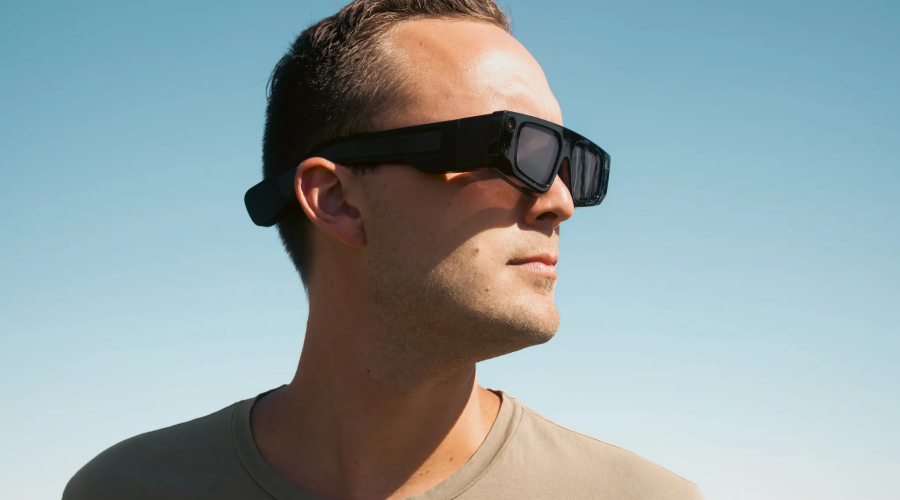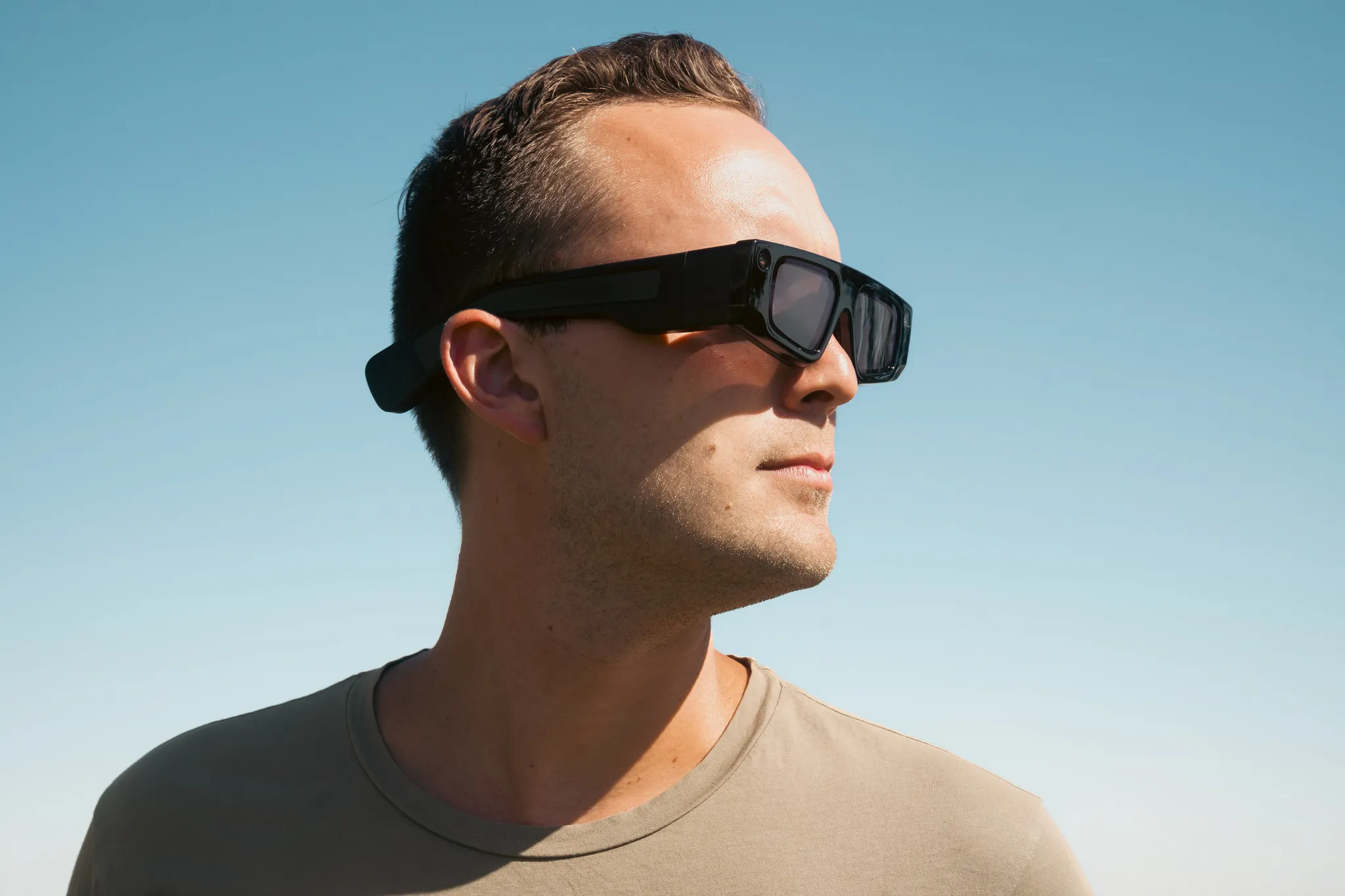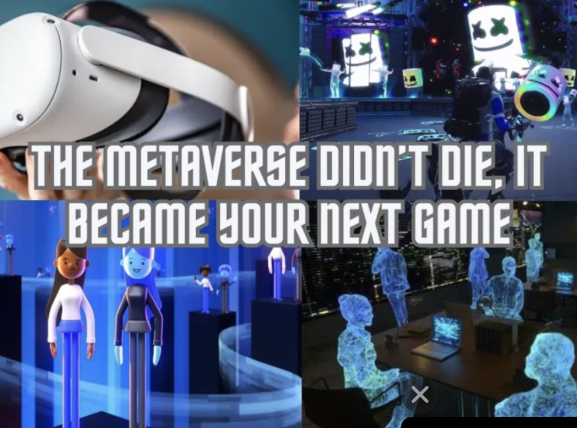Snap’s new Spectacles inch closer to compelling AR
Will developers finally help Snap take AR glasses mainstream?
Snap’s fifth-generation Spectacles have a richer, more immersive display. Using them feels snappier. They last longer on a charge.
Those are exactly the kinds of upgrades you’d expect from a product line that’s technically eight years old. But the market for Spectacles — and AR glasses in general — still feels as nascent as ever.
Snap has an idea for what could change that: developers. These new Spectacles, announced Tuesday at Snap’s annual Partner Summit in Los Angeles, aren’t being sold. Instead, Snap is repeating its playbook for the last version of Spectacles in 2021 and distributing them to the people who make AR lenses for Snapchat. This time around, though, there’s an extra hurdle: you have to apply for access through Lens Studio, the company’s desktop tool for creating AR software, and pay $99 a month to rent a pair for at least one year.
Yes, Snap is asking developers to pay $1,188 over the course of a year to access these Spectacles. Even still, Snap CEO Evan Spiegel believes the interest will be there.
“Our goal is really to empower and inspire the developer and AR enthusiast communities,” he tells me. “This really is an invitation, and hopefully an inspiration, to create.”
Without the vibrant developer ecosystem that Snap wants to create, my demo of the new Spectacles felt a lot like my demo of the last Spectacles in 2021. One lens showed flowers that grow where you point your hands, while another displayed the anatomy of a human body in 3D space. I could open a browser and load this very website in a floating window.
While the hardware for Spectacles has improved, the software still feels pretty basic for a standalone device. Here, it’s obvious that Snap hopes developers will help it come up with compelling use cases. For the most part, everything I experienced was in line with what I’ve come to expect from AR hardware demos over the years: lightweight, gimmicky apps that show off the hardware but aren’t experiences I’d return to in my free time.
There were some new apps to try, like Snap’s OpenAI-powered chatbot, My AI, though I didn’t get much time with it. A new AR lens I tried made use of AI to generate 3D animations based on voice prompts. There was noticeably little integration across the OS with Snapchat itself, other than displaying Bitmojis for account profiles. (You can apparently call someone using Snapchat through the glasses, but that wasn’t part of my demo.)
The first thing that stands out when you put the new Spectacles on is the improved display quality and interface. Colors were richer and higher resolution. The Snap OS powering the glasses has been completely redone and felt considerably more polished, even if it’s still barebones. The main way you navigate Spectacles is through hand tracking and voice control, which felt inherently slow at times but never dragged in a way that felt glitchy.
Snap says this model boasts a 46-degree field of view (up from 26.3 degrees for the previous version) and that its waveguide displays show 37 pixels per degree — a measurement Snap believes is the right way to measure AR display quality that is about 25 percent richer than before. The physical lenses of the glasses auto-tint when you’re looking at direct sunlight, allowing you to see what’s being projected onto your surroundings while outdoors.
During my demo, the field of view was noticeably wider than before but still nowhere near what you would expect from looking through a pair of normal glasses. More perplexingly, Snap’s own demos emphasized this fact; a golfing simulator I tried was constrained to a frustratingly small area of the real world around me. Ultimately, this limited field of view makes augmented reality considerably less engaging than the real world, which, in turn, makes putting a 226-gram pair of smart glasses on your face feel unnecessary.
Snap has invested a lot into improving the hardware of Spectacles. There are two liquid crystal and silicon-based projectors on each side of the frame that pipe graphics into the custom waveguides. Two custom Qualcomm Snapdragon processors distribute power and heat along the frames, aided by a vapor chamber in each temple. And two infrared sensors track hand movements to control the glasses with Minority Report-style pinch and pull gestures.
The fourth generation of Spectacles from 2021 overheated multiple times during my demo but this latest version didn’t crash once, even while I was wearing them outside during a record heat wave in Los Angeles. Snap says the battery life has improved from about 30 to 45 minutes on a single charge. A USB-C cable is included that allows for continuous power when plugged into the temple of the glasses.
While Snap has vague ideas about what Spectacles should be used for, it’s clearly leaving most of the potential use cases up to developers to figure out. “We’re trying to be the most developer-friendly platform in the world,” says Spiegel, who adds that he doesn’t see Spectacles being a meaningful business until the end of the decade. (Snap isn’t disclosing how many pairs of these Spectacles it’s making, but my sources peg the number at around 10,000.)
The Verge







